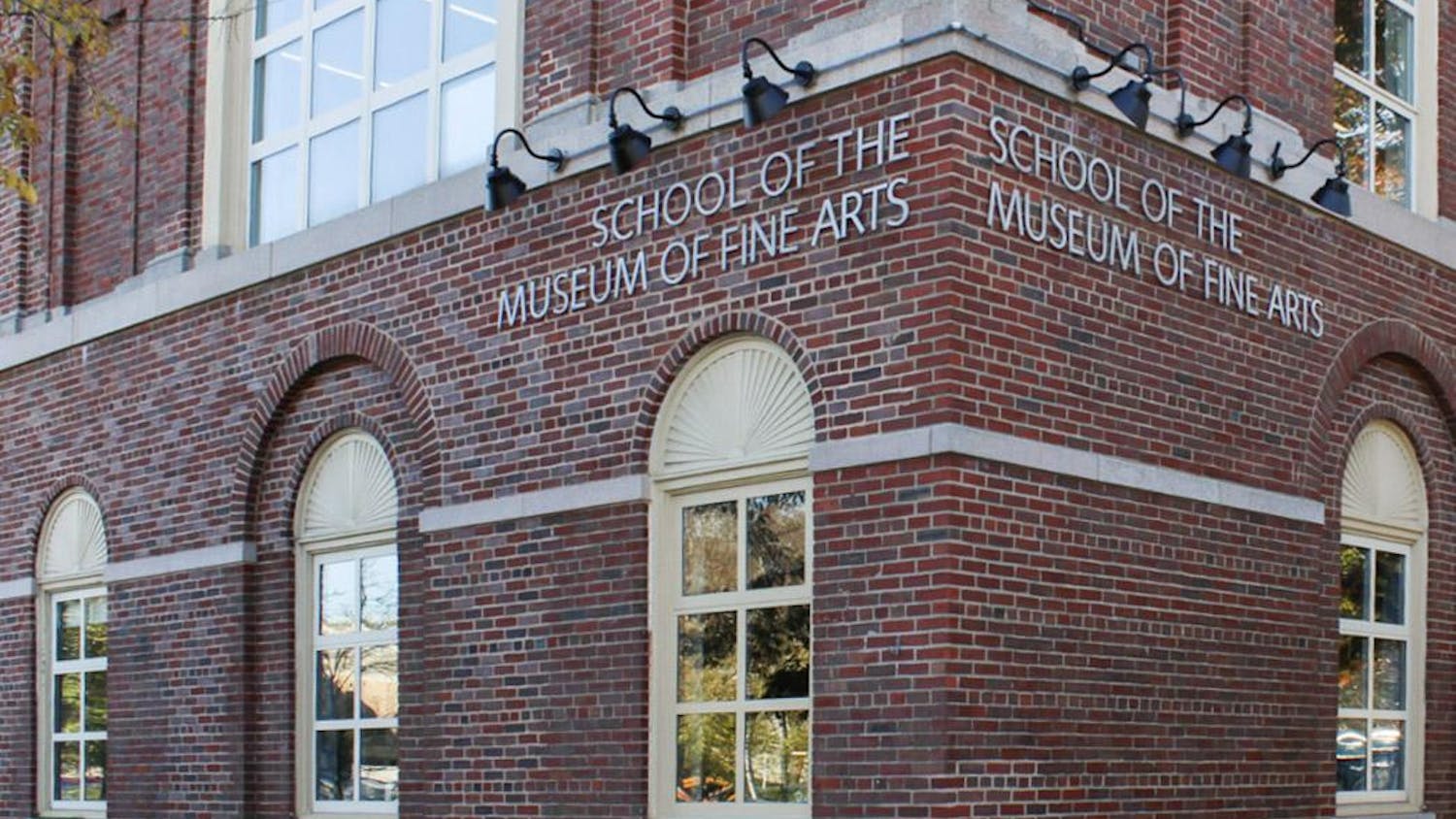Undergraduate applications for the Class of 2025 soared 35% since last year, with the most ethnically and racially diverse first-year applicant pool ever. More than 31,190 students applied for admission to the Class of 2025, which is the largest applicant pool in Tufts’ history, and for the first time, students of color make up a majority of U.S. applicants.
The School of Arts and Sciences saw 24,378 applicants, and the School of Engineering saw 5,874, according to Dean of Admissions JT Duck. Both the Bachelor of Fine Arts program and the five-year combined degree program through the School of the Museum of Fine Arts grew as well.
“We are thrilled to have received applications from more students than ever before, and even more thrilled with the compositional diversity of the applicant pool,” Duck wrote in an email to the Daily.
This year’s 35% jump is significant. Last year, the applicant pool for the Class of 2024 saw only a1.5% increase from the previous year.
Duck anticipates a lower acceptance rate for the Class of 2025 because of the large increase in the number of applicants.
“Our enrollment target this year is similar to last year’s across the three undergraduate schools, which means that the increase in applications will lead to a lower percentage of applicants being admitted,” Duck said.
Last April, Tufts Admissionsopted to go SAT/ACT test-optional for a three-year period due to the COVID-19 pandemic. Duck cited this new policy as one of the factors that drove the 35% increase, explaining that other selective test-optional universities also saw significant increases, though he said he believes Tufts' percentage is on the higher end of the spectrum.
Duck said there are a number of other factors that may have caused the increase. He explained that offering a robust array of virtual engagement programs played a role in reaching more students this year.
“We found that our virtual events broadened our reach and we could now show students all over the world what makes Tufts special without requiring them to travel to campus or requiring us to visit their high school,” Duck said.
These programs included regional evening information sessions, virtual SMFA art portfolio reviews, the Virtual Voices of Tufts Diversity Experience weekend program and Fall for Tufts, a month-long, virtual open house, which included student and faculty panels, admissions workshops and campus tours for prospective students.
Admissions also introduced Jumbo Chats, which allowed prospective students to participate in one-on-one conversations with current Tufts students, according to Emily Lazorchak, an admissions fellow and tour guide.
“These virtual opportunities helped us reach more prospective students than during a typical in-person application cycle, and the rise in applications shows that more students than ever are connecting with everything that the Tufts community and a Tufts education have to offer,” Lazorchak, a senior, wrote in an email to the Daily.
Current students, including tour guides, admissions fellows and others who joined Admissions for panels, all played a major role in the success of the virtual programming, according to Duck.
“[Current students] were all integral to our outreach efforts, as were faculty and staff across the university,” Duck said.
Lazorchak remarked on the support that student tour guides provided during the virtual application cycle.
“Tour guides also function as an entry point into the wider Tufts community by answering students’ questions and pointing them in the direction of other campus resources – something that is even more important in a virtual environment,” Lazorchak said.
Virtual engagement programs also allowed Admissions to accommodate students in different time zones and students with different schedules since much of the programming was recorded.
Overall, virtual programming was well-received by prospective students, according to Lazorchak.
“We saw an incredibly high percentage of positive review[s] for virtual tours, which indicates that prospective students are enjoying their virtual visits and learning about the things at Tufts that are important to them,” she said.
Matt Stinson, a Class of 2025 applicant who attended a virtual campus tour, agreed that he was still able to get a good sense of what Tufts is like despite the programming being virtual.
“From talking to alumni and former students I was able to learn about the wonderful and inclusive culture at Tufts,” Stinson wrote in an email to the Daily.
Duck highlighted Admissions’ focus on expanding outreach to Black, Latinx and Indigenous prospective students.
“Events like our virtual ‘Conversations’ with the centers within the Division of Student Diversity and Inclusion and our Spanish-language initiatives, as well as our Voices program, invited prospective students to get to know our community better,” he said.
Another factor that played a role in the increase in applicants was the use of new email campaigns directed to prospective students and school counselors.
Some of these campaigns served as specific efforts to communicate with historically underrepresented students, and contributed to the most diverse applicant pool on record. Black applicants increased by 39% this year, Latinx by 42%, American Indian/Alaska Native by 35% and Native Hawaiian/Pacific Islander by 35%, according to figuresreleased by the Office of Undergraduate Admissions.
“Targeted email campaigns allowed us to amplify the voices of the BIPOC community at Tufts. And we made a concerted effort to communicate the opportunities available here with college advisors and school counselors at high schools and college access organizations across the country that enroll large populations of BIPOC students,” Duck said.






